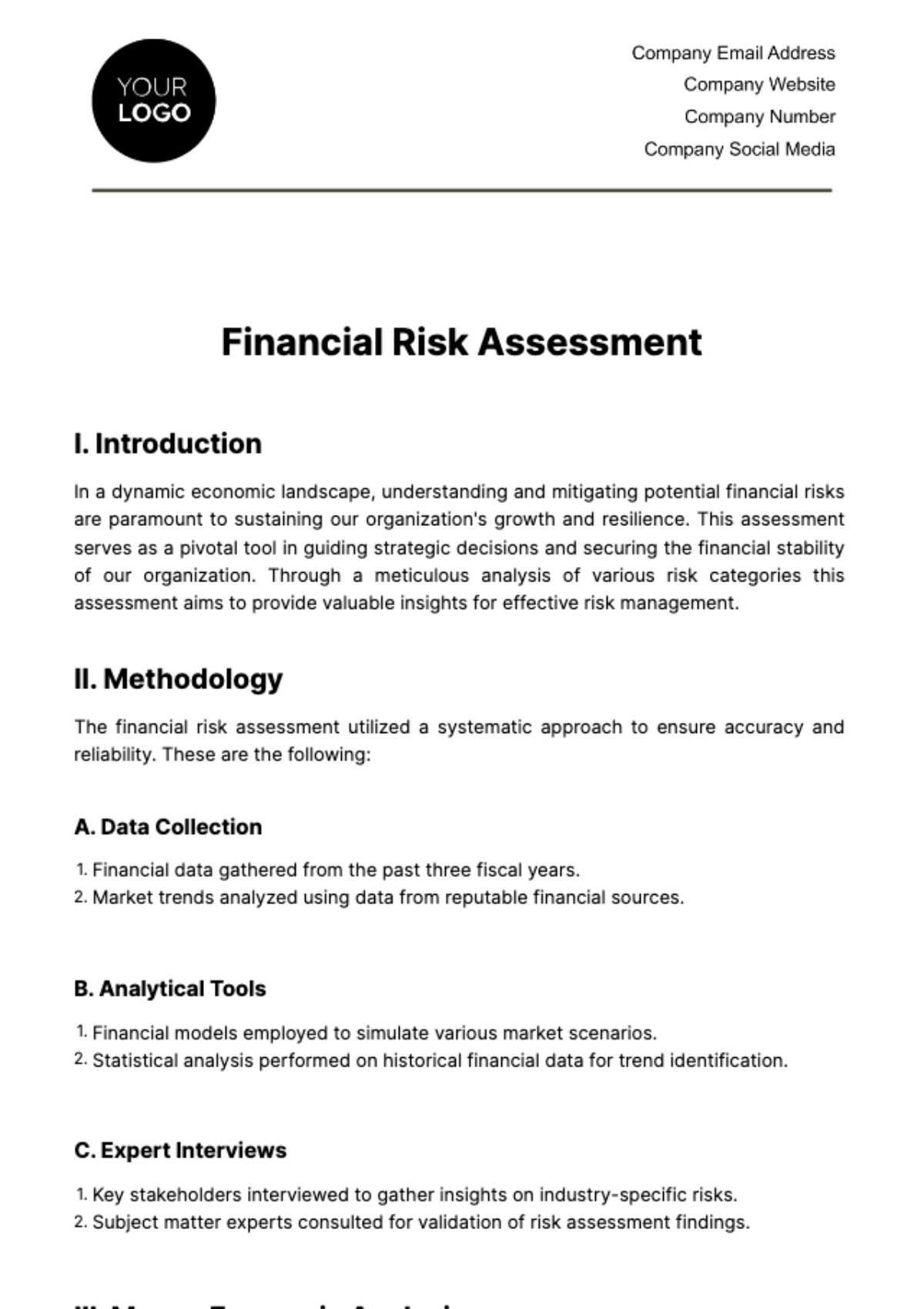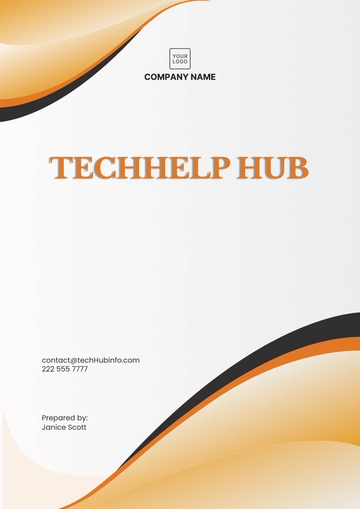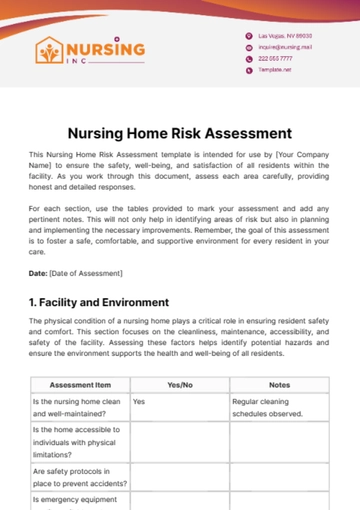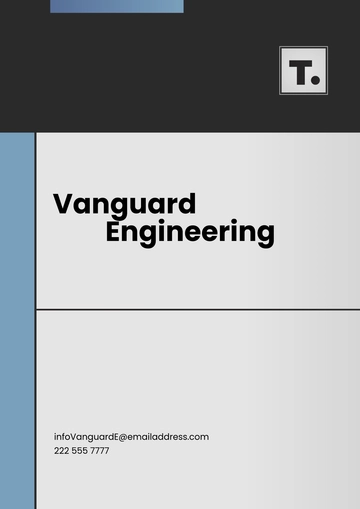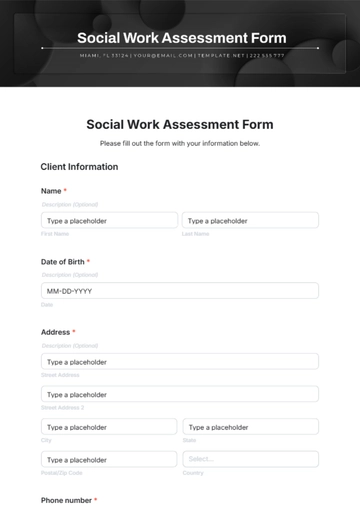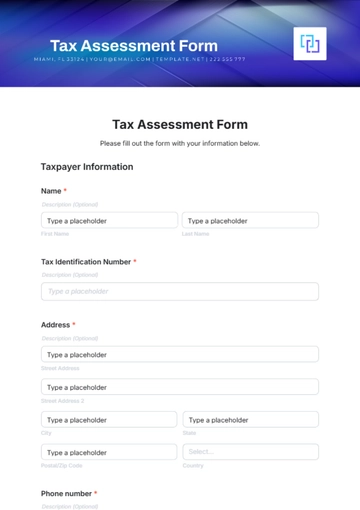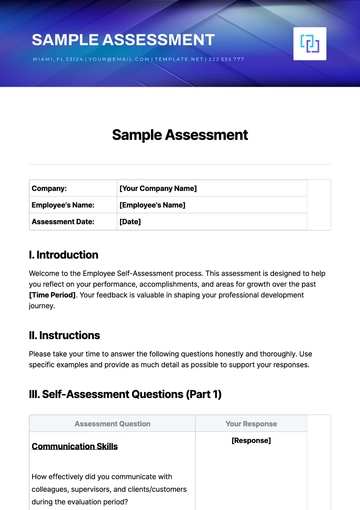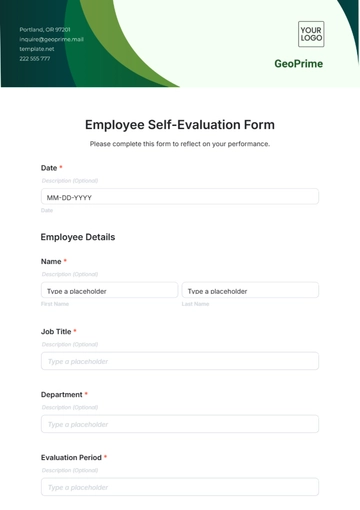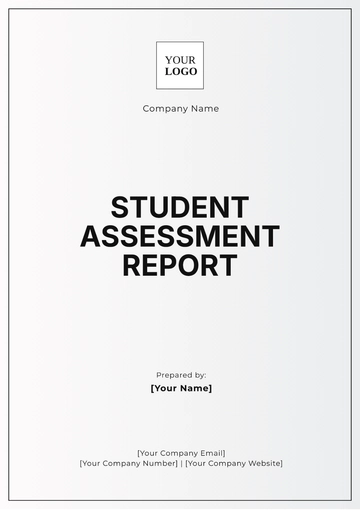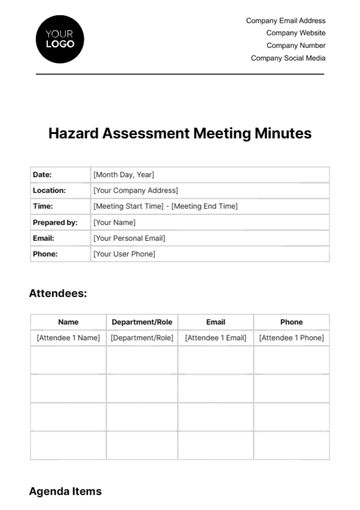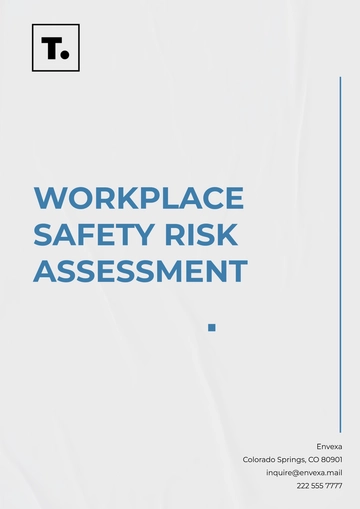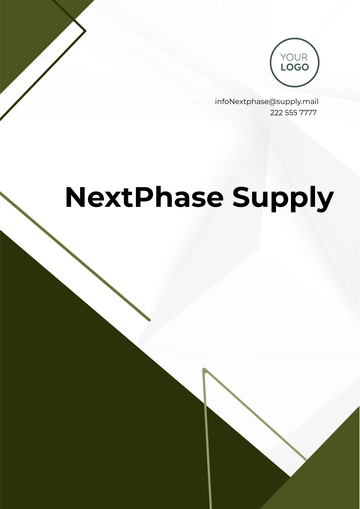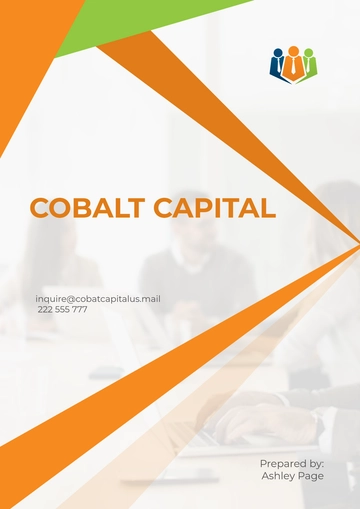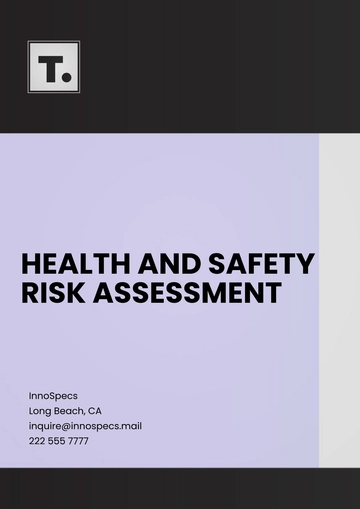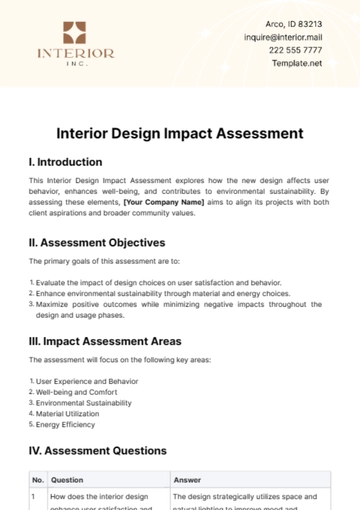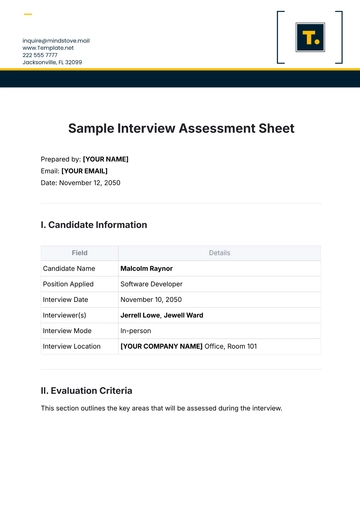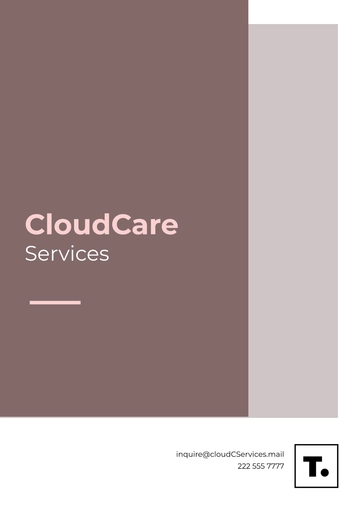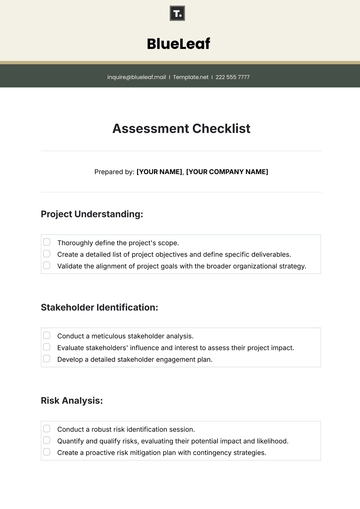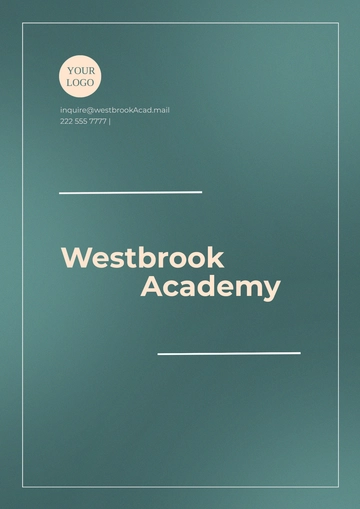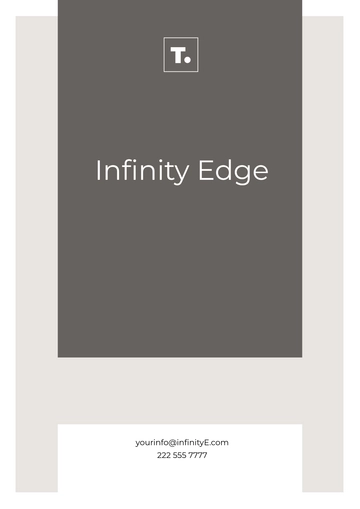Financial Risk Assessment
Date: June 10, 2050
Prepared by: [Your Name]
I. Introduction
Financial risk assessment is a cornerstone for maintaining long-term organizational stability and growth. This report provides a comprehensive analysis of potential financial risks, offering actionable insights tailored to address our organization's unique challenges. It emphasizes the importance of strategic risk mitigation as a means to enhance decision-making processes and safeguard assets against the uncertainties of market volatility.
II. Methodology
A. Data Collection
Gathered financial data spanning FY2047 to FY2049, covering revenue streams, expenditure patterns, and investment performance.
Analyzed market dynamics using reports from Bloomberg, McKinsey, and the World Economic Forum to align with industry benchmarks.
B. Analytical Tools
Deployed Monte Carlo simulations to model the impact of market volatility on asset portfolios.
Used time-series regression to identify correlations between historical trends and current financial metrics.
C. Expert Interviews
Engaged with senior executives across finance and operations to understand organizational vulnerabilities.
Consulted industry leaders and economists specializing in macroeconomic forecasting for validation of findings.
III. Macro-Economic Analysis
A. GDP Growth
Historical GDP data indicates a stable upward trend at 3.2% over five years, signaling moderate economic expansion.
IMF forecasts suggest accelerated growth at 4.0% next year due to infrastructure investments and consumer spending.
B. Inflation Rates
Inflation has remained within a manageable range of 2.5%–3.0%, consistent with central bank targets.
Core inflation analysis highlights sectors like energy and healthcare as primary cost drivers.
C. Interest Rates
A projected 1% hike in interest rates could impact financing costs, reducing net income by an estimated $200,000 annually.
Variable-rate debt accounts for 40% of the organization’s liabilities, requiring immediate hedging strategies.
IV. Industry Analysis
A. Market Trends
Emerging trend: Strong consumer demand for eco-friendly and sustainable products has led to a 12% market shift in favor of green technologies.
Current Market Share: The organization’s 15% market penetration positions it as a mid-tier player with opportunities for growth through diversification.
B. Competitive Landscape
Analysis of the top five competitors reveals strong branding and superior distribution networks as critical advantages.
Key barriers: Regulatory compliance costs and high capital investment required for entry into premium product segments.
V. Financial Performance Analysis
A. Financial Statements
Net Profit Margin: Sustained profitability at 8%, above the industry average of 6.5%.
Debt-to-Equity Ratio: Maintained a conservative ratio of 0.6, ensuring financial leverage remains within acceptable limits.
B. Financial Ratios
Current Ratio: 1.5, indicating adequate liquidity for short-term obligations.
ROA: A robust 10%, reflecting efficient utilization of organizational assets.
C. Trend Analysis
Revenue growth: Averaged 5% annually, attributed to increased market demand and strategic pricing.
Operating expenses: Incremental annual rise of 3%, primarily driven by inflation and supply chain disruptions.
VI. Risk Identification
A. Market Risk
Interest Rate Risk: High exposure due to $5 million in variable-rate loans.
Currency Risk: Volatility in foreign exchange rates affecting transactions in EUR and GBP, impacting export margins by 2% annually.
B. Credit Risk
Dependence on three major clients contributes 30% of revenue; a decline in their financial health poses significant risks.
Increased exposure to emerging markets with less predictable economic stability.
C. Operational Risk
Single-supplier dependency for critical raw materials poses potential supply chain bottlenecks.
High employee turnover in key departments, with 20% attrition in FY2049, affects project continuity.
VII. Risk Quantification
A. Financial Models
Interest Rate Scenarios: Potential cost increase of $500,000 if rates rise by 1%.
Currency Fluctuations: Estimated loss of $300,000 annually due to adverse foreign exchange movements.
B. Scenario Analysis
Sales Decline: A 20% drop in key client sales equates to an approximate revenue shortfall of $2 million.
Operational Disruptions: Supply chain delays are projected to cause a $150,000 increase in production costs over three months.
VIII. Recommendations
A. Enhanced Risk Education
B. Regular Updates
Schedule monthly risk briefings with cross-functional leadership teams to ensure awareness of emerging risks.
Provide detailed quarterly reports to the board, including risk mitigation progress and updated financial forecasts.
C. Technology Upgrades
Invest in real-time financial risk monitoring platforms such as SAP Risk Management for automated tracking.
Leverage AI-driven predictive analytics to preemptively identify and address high-impact risks.
IX. Conclusion
This assessment underscores the importance of proactive and strategic risk management to navigate financial uncertainties. The proposed recommendations, if implemented, will reinforce organizational resilience, optimize decision-making, and drive sustainable growth. As risks evolve, a commitment to continuous monitoring, robust analysis, and adaptive strategies will secure our financial stability in the long term.
Assessment Templates @ Template.net
